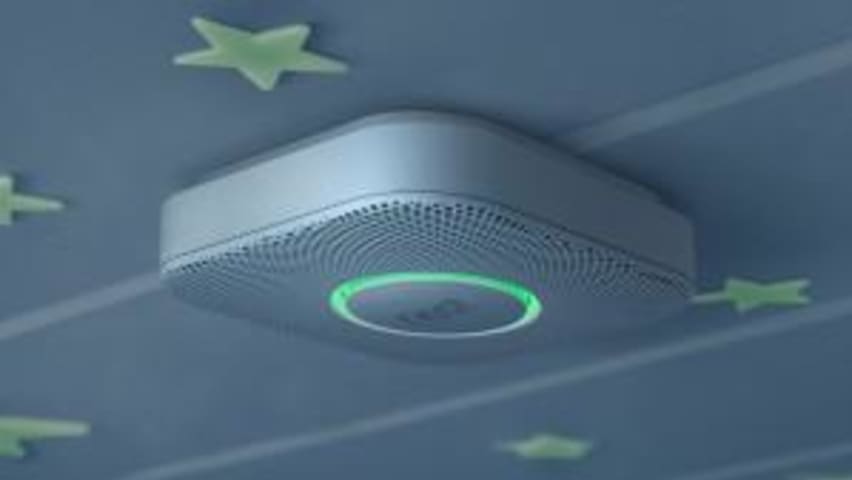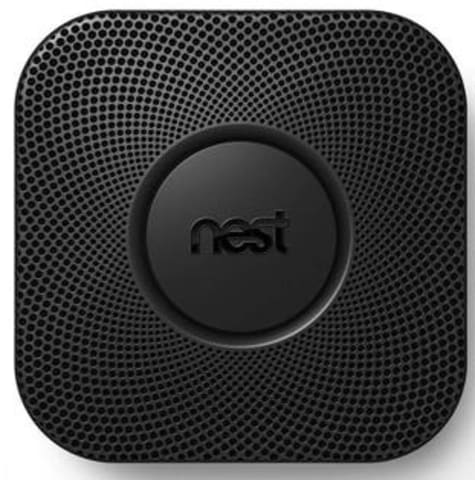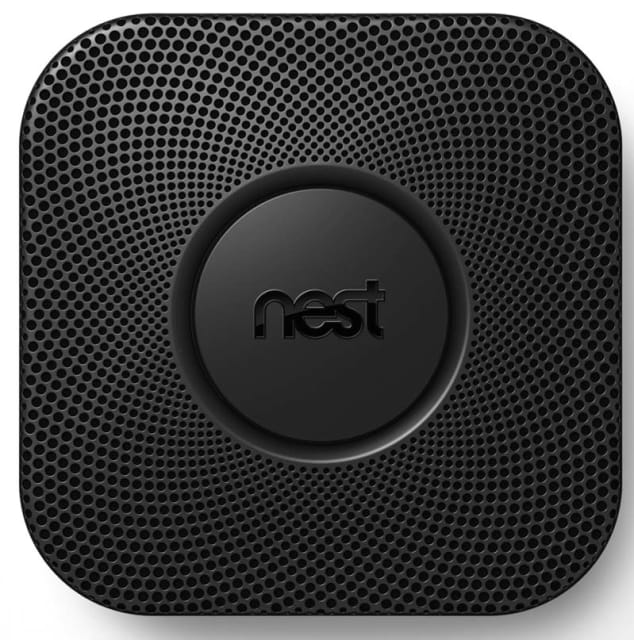Entities
View all entitiesCSETv0 Taxonomy Classifications
Taxonomy DetailsProblem Nature
Robustness
Physical System
Consumer device
Level of Autonomy
Medium
Nature of End User
Amateur
Public Sector Deployment
No
Data Inputs
Motion sensor data
CSETv1 Taxonomy Classifications
Taxonomy DetailsIncident Number
46
GMF Taxonomy Classifications
Taxonomy DetailsKnown AI Goal Snippets
(Snippet Text: One user even reported the alarm stubbornly going off for 30 minutes in the middle of the night with no sign of smoke and ignoring prompts to dismiss the alarm after an apparent glitch in the device…, Related Classifications: Substance Detection, Smart Devices)
Known AI Technology Snippets
(Snippet Text: It’s pretty easy to silence a false alarm, but the chirp because of a failed device cannot be silenced and it happened right before bed., Related Classifications: Gesture Recognition)
Risk Subdomain
7.3. Lack of capability or robustness
Risk Domain
- AI system safety, failures, and limitations
Entity
AI
Timing
Post-deployment
Intent
Unintentional
Incident Reports
Reports Timeline

Late last September it was rumored that a smart smoke/carbon monoxide detector would join the now Google-owned Nest line of smart thermostats and was later announced in early October to a great response.
The Nest Protect, which retails for …

One of the cool features Nest's smart smoke alarm, the Nest Protect, introduced was the ability for users to wave their hand to turn off a faulty smoke alarm. Turns out, it's not working so hot.
In a statement today from Nest CEO and cofoun…

ReadWriteHome is an ongoing series exploring the implications of living in connected homes.
Nest Labs’ sudden decision Thursday to halt sales of its smart smoke and carbon monoxide detectors surprised users and drew mixed reactions. But wha…

Nest Labs–a startup recently bought by Google which brings high style and web smarts to mundane household devices–is recalling Nest Protect, a smoke and carbon monoxide detector, over concerns that its alarm might fail to go off in emergenc…

Nest, the smart sensors and controls company recently acquired by Google for $3.2 billion in cash, just officially announced a massive recall of 440,000 Nest Protect smoke and CO detectors due to the possibility of complete failure to sound…

Remedy:
The repair is an automatic electronic update that disables the Nest Wave feature and is delivered automatically to devices connected wirelessly to the Internet and linked to a Nest account. Consumers should take one of the following…
Variants
Similar Incidents
Did our AI mess up? Flag the unrelated incidents
Similar Incidents
Did our AI mess up? Flag the unrelated incidents







